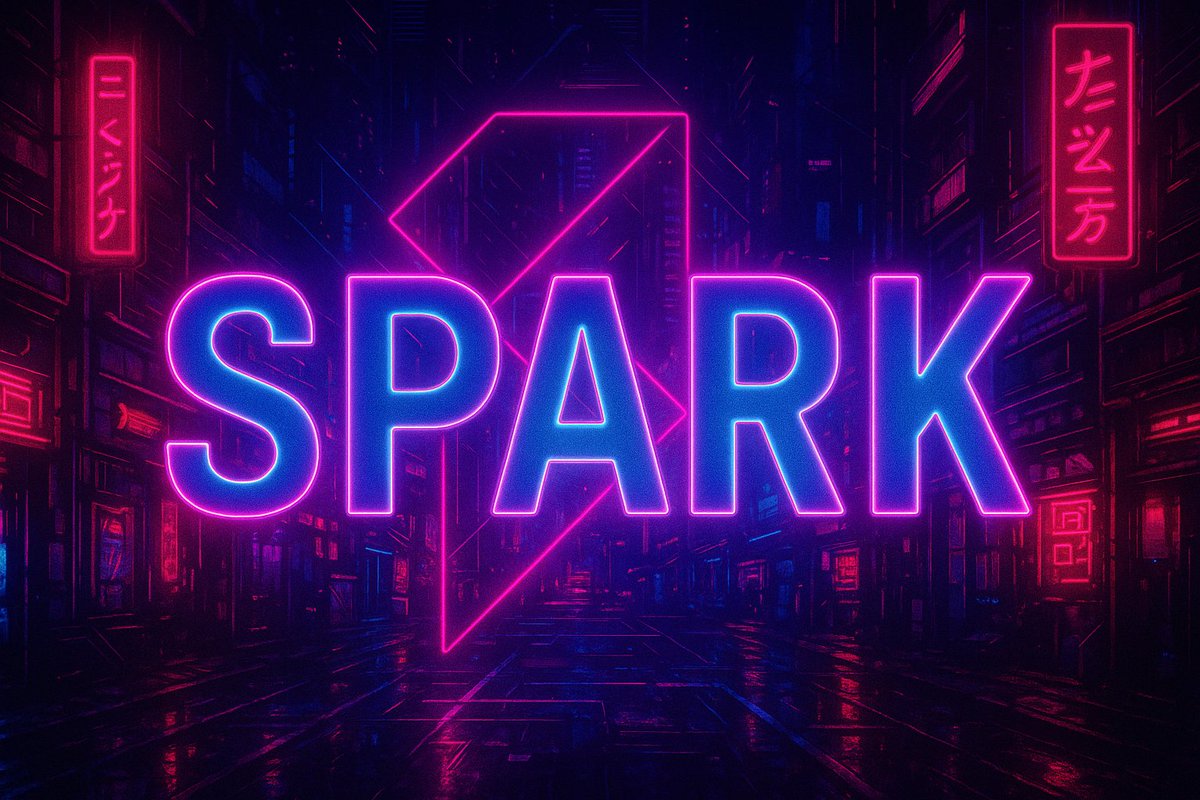Continuing on my series about @sparkdotfi and $SPK token, with the next topic.
Building the Engine: Vaults, Lending, and Capital Deployment
The rollout of Spark's core products reflected a careful, layered approach. First, they introduced Spark Savings Vaults, places where users could deposit stablecoins and receive interest bearing versions like sUSDC or sDAI. These weren't flashy degen farms. They were designed to be boring in the best possible way: predictable, transparent, and efficient.
Then came SparkLend, a money market built from the ground up to be cross-chain and over-collateralized. Rates weren't determined by the usual utilization curve, but rather governed by the community. It felt like an evolution of Maker's DSR, but more flexible and more open.
The third pillar, one that still doesn't get enough attention, is Spark's active capital deployment engine. Rather than just holding deposits passively, Spark routes capital to platforms like Aave, Morpho, and Ethena. It does this on-chain, with every move visible. It's like Yearn's vault strategy, but cleaner, auditable, and optimized for stablecoins.
Next part of this series coming tomorrow. Stay tuned!

The Rise of Spark: A New Chapter in DeFi
I have been watching @sparkdotfi and the $SPK token with a mix of curiosity and cautious optimism. It's rare to see a DeFi protocol arrive with this much coordination and ambition. Not just another farming gimmick or "number go up" token, but it feels like Spark is aiming to rebuild the foundation of stablecoin liquidity across the decentralized economy.
And like many of us who have weathered cycles of hype and disappointments in this space, I approach big launches with a healthy dose of skepticism. But something about Spark demands a deeper look. It's more than just a platform, it's a full-stack attempt to reshape how value moves in the DeFi world.
The Vision, Solving DeFi's Liquidity Fragmentation
Spark emerged from the broader MakerDAO ecosystem, under the Sky brand, a sort of reimagining of what stablecoin infrastructure could be. They weren't just launching a protocol. They were proposing a "super liquidity engine", a networked layer where stablecoin capital could be deposited, borrowed, routed, and deployed across multiple chains and platforms, all with auditable transparency.
The goal was clear: stablecoin liquidity today is fractured. Yields are inefficient. Capital sits idle or is deployed in risky, non-transparent ways. Spark set out to unify that liquidity, allowing it to flow where it's most efficient, all governed by the community.
It's a bold mission. But it was backed by significant names: a16z, Polychain, and leadership from Rune Christensen. That gave Spark the legitimacy to be taken seriously from day one.

0
13.9K
The content on this page is provided by third parties. Unless otherwise stated, OKX is not the author of the cited article(s) and does not claim any copyright in the materials. The content is provided for informational purposes only and does not represent the views of OKX. It is not intended to be an endorsement of any kind and should not be considered investment advice or a solicitation to buy or sell digital assets. To the extent generative AI is utilized to provide summaries or other information, such AI generated content may be inaccurate or inconsistent. Please read the linked article for more details and information. OKX is not responsible for content hosted on third party sites. Digital asset holdings, including stablecoins and NFTs, involve a high degree of risk and can fluctuate greatly. You should carefully consider whether trading or holding digital assets is suitable for you in light of your financial condition.

